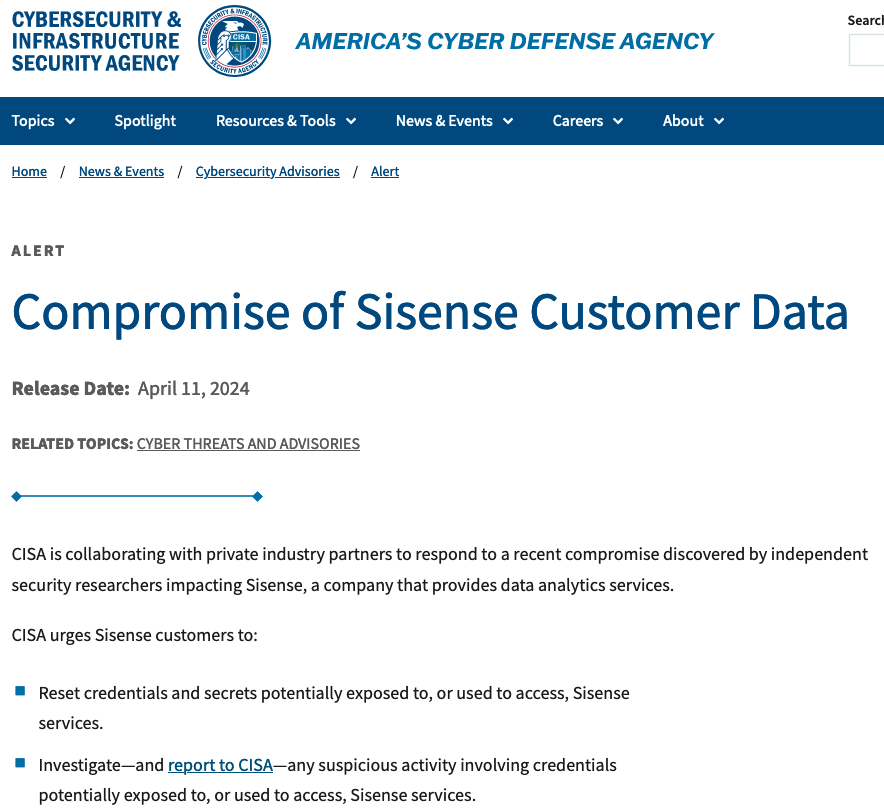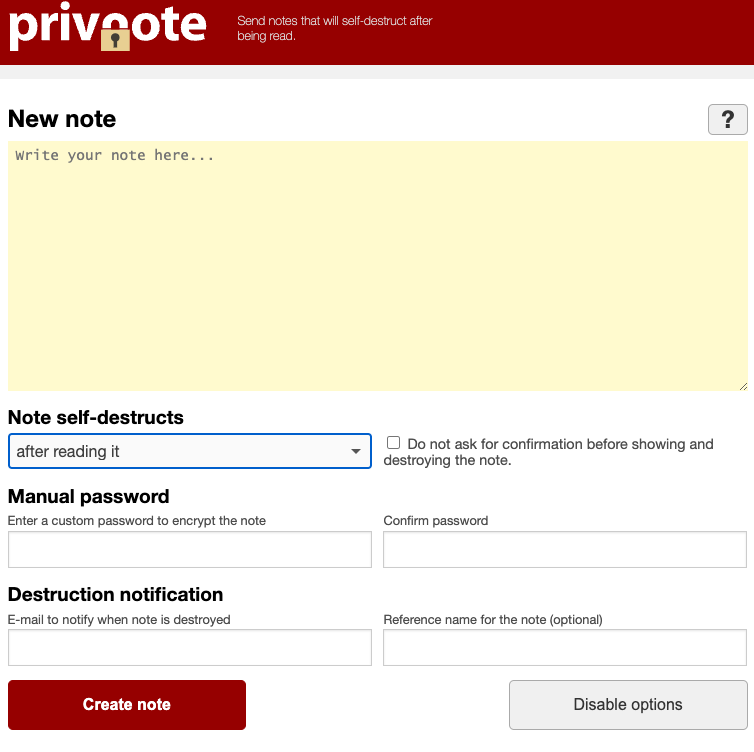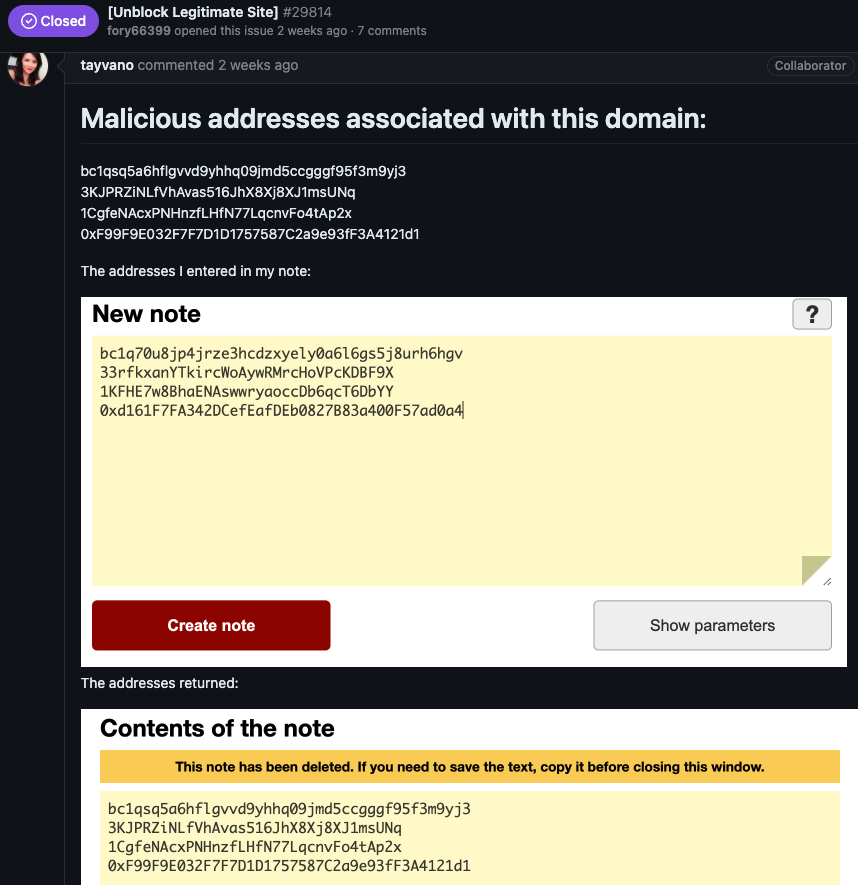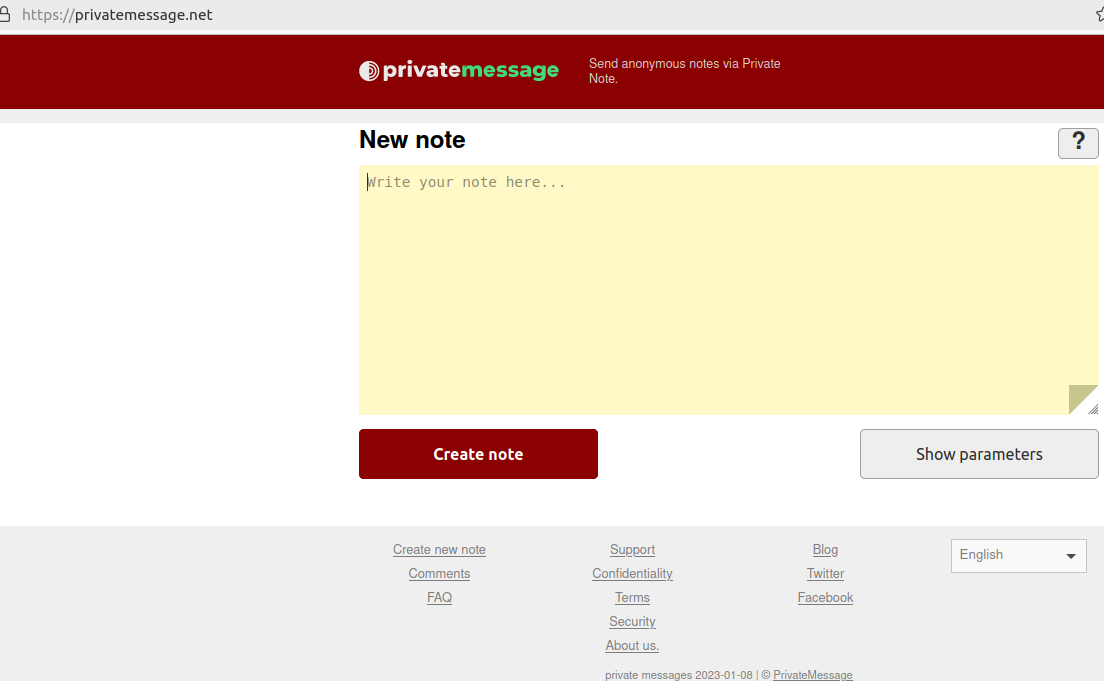A 26-year-old Finnish man was sentenced to more than six years in prison today after being convicted of hacking into an online psychotherapy clinic, leaking tens of thousands of patient therapy records, and attempting to extort the clinic and patients.

On October 21, 2020, the Vastaamo Psychotherapy Center in Finland became the target of blackmail when a tormentor identified as “ransom_man” demanded payment of 40 bitcoins (~450,000 euros at the time) in return for a promise not to publish highly sensitive therapy session notes Vastaamo had exposed online.
Ransom_man announced on the dark web that he would start publishing 100 patient profiles every 24 hours. When Vastaamo declined to pay, ransom_man shifted to extorting individual patients. According to Finnish police, some 22,000 victims reported extortion attempts targeting them personally, targeted emails that threatened to publish their therapy notes online unless paid a 500 euro ransom.
Finnish prosecutors quickly zeroed in on a suspect: Julius “Zeekill” Kivimäki, a notorious criminal hacker convicted of committing tens of thousands of cybercrimes before he became an adult. After being charged with the attack in October 2022, Kivimäki fled the country. He was arrested four months later in France, hiding out under an assumed name and passport.
Antti Kurittu is a former criminal investigator who worked on an investigation involving Kivimäki’s use of the Zbot botnet, among other activities Kivimäki engaged in as a member of the hacker group Hack the Planet (HTP).
Kurittu said the prosecution had demanded at least seven years in jail, and that the sentence handed down was six years and three months. Kurittu said prosecutors knocked a few months off of Kivimäki’s sentence because he agreed to pay compensation to his victims, and that Kivimäki will remain in prison during any appeal process.
“I think the sentencing was as expected, knowing the Finnish judicial system,” Kurittu told KrebsOnSecurity. “As Kivimäki has not been sentenced to a non-suspended prison sentence during the last five years, he will be treated as a first-timer, his previous convictions notwithstanding.”
But because juvenile convictions in Finland don’t count towards determining whether somebody is a first-time offender, Kivimäki will end up serving approximately half of his sentence.
“This seems like a short sentence when taking into account the gravity of his actions and the life-altering consequences to thousands of people, but it’s almost the maximum the law allows for,” Kurittu said. Continue reading
















